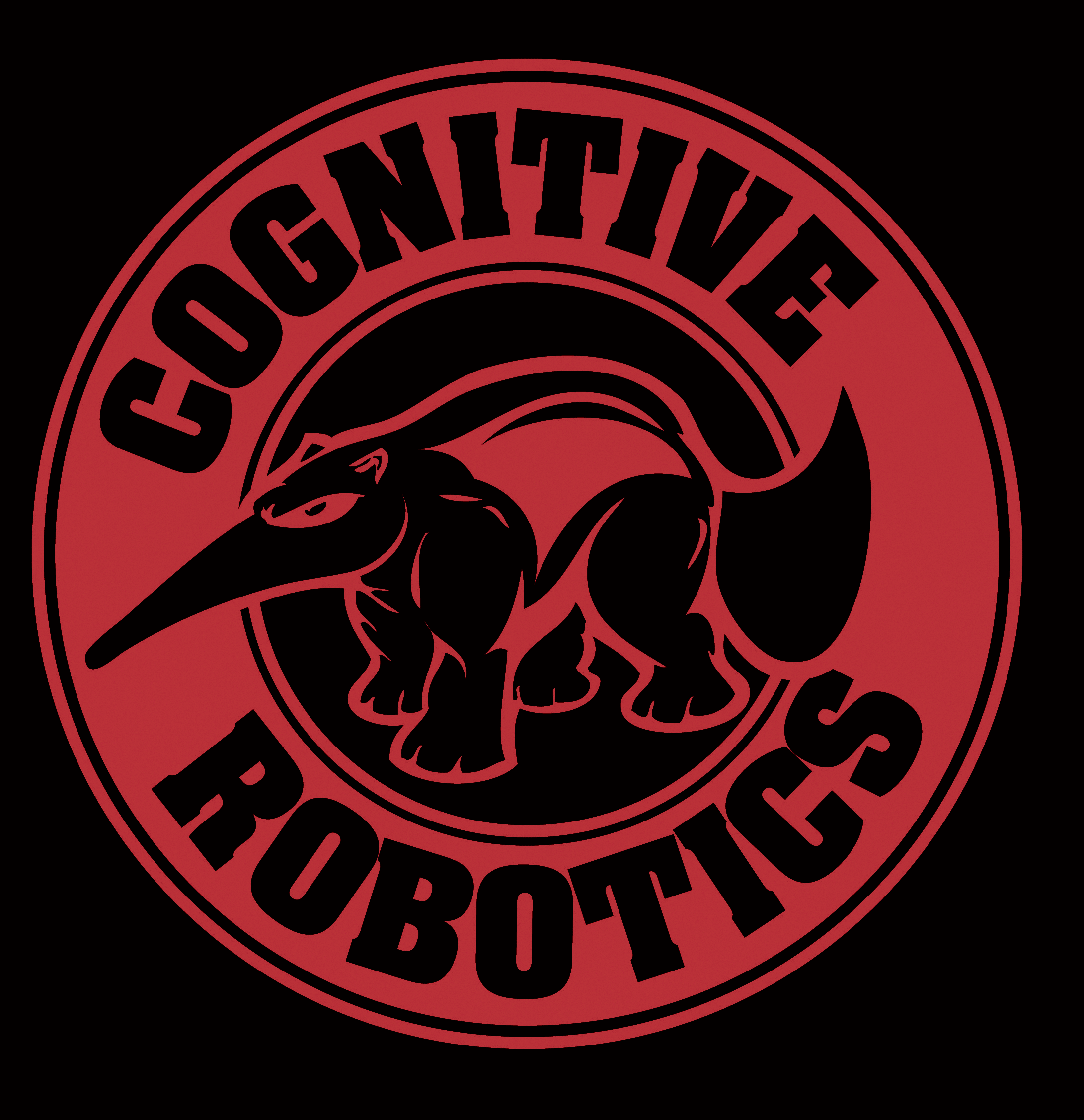|
CARL-SJR is a novel, therapeutic robot designed for supplemental Autism Spectrum Disorders (ASD) or Attention Deficit Hyperactivity Disorders (ADHD) therapy at homes, classrooms, or clinics. The robot provides funny and challenging interactive games for children. The well-designed games could shape children’s behaviors, especially children with ASD or ADHD, and improve their social skills. The robot also has optional Wi-Fi module, which allows teachers or clinicians to online access and analyze the progress of a therapeutic program. When used at home, the robot could conduct a therapeutic program on a daily and continuous basis. When used in classrooms or clinics with teachers and clinicians, the robot would be a supplemental device of a therapeutic program.
We are looking for MD/MBA students and Computer Science students to join our team.
Qualifications:
- Has passion for robotics
- Interested in a startup company
- Experience with marketing/financing (MBA students)
- Experience with app development on Android or iOS (CS students)
- Any questions about this recruitment, please send e-mail to Ting-Shuo Chou
(tingshuc@uci.edu).
Q&A for Tentative Business Model
Q1: What is the specific need or “pain point” that the device is designed to address?
A1: The US economic costs for children with ASD and ADHD per year are estimated to be $11.5 ~ 60.9 billion and $36 ~ $52 billion, respectively. A major factor is that the therapeutic programs for ASD/ADHD are usually labor-intensive and often require special equipment. Therefore, only special clinics can provide the programs and parents have to commute back and forth between clinics and homes. This situation limits the effectiveness of therapeutic programs and, most importantly, costs parents a huge amount of time and money.
Q2: What is the specific value proposition that the device provides? How does the device’s value proposition alleviate or relieve the pain point described in Q1?
A2: The robot aims to create a new ecosystem of therapeutic programs for ASD/ADHD. First, the robot would help to conduct a therapeutic program on a daily and continuous basis at home. Playing with the robot would help ASD/ADHD children to improve their social skills. Second, the robot has optional Wi-Fi module, which allows teachers or clinicians to online access and analyze the progress of a therapeutic program. Using the robot would reduce the administrative effort of a therapeutic program.
Q3: What is the specific market segment or target customer for this device? Who would spend money to purchase this device and where can they be found?
A3: The potential customers will be families with ASD/ADHD children and clinics with ASD/ADHD therapeutic programs. The ADHD is estimated to affect between 3% and 11% of children and adolescents while ASD affects 1 in 68 children in the USA. The number of families with ASD/ADHD is on the order of million. Also, the US has around 5000 clinics/hospitals.
Q4: Is there a clear competitive advantage? Is it better, cheaper or faster than current devices?
A4: The robot has visual and auditory capabilities (e.g., image/sound processing and speaking). Furthermore, the robot emphasizes tactile interactions and animated colorful patterns on its shell. The therapeutic robots in the current market provide weak tactile interactions or none. With rich tactile interactions, the robot can be considered as a complete form of Sensory Integration Therapy (SIT), which has been proved beneficial to ASD/ADHD children.
Our technology, which is a patent under review, enables low cost tactile sensors on a curved surface. There are other technologies that can form large tactile sensing area on a curved surface with high spatial resolution. However, that will be over engineering in our application and the price will be unaffordable to general families. We use off-the-shelf components (i.e., trackballs in blackberry cellphones) to build a low cost tactile sensing area. The cost and spatial resolution of our design are balanced at a sweet spot.
|

